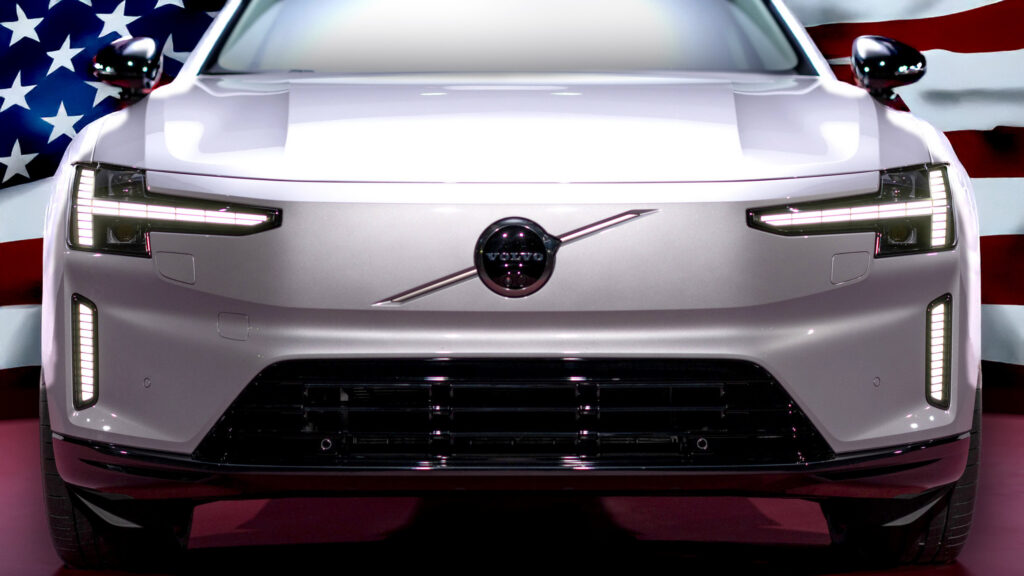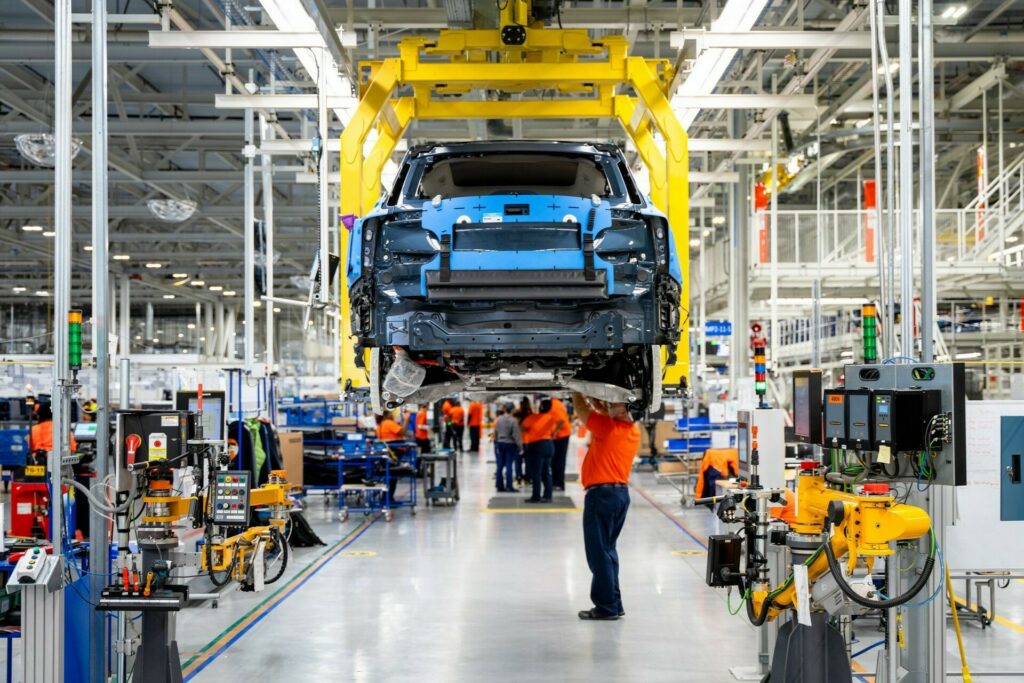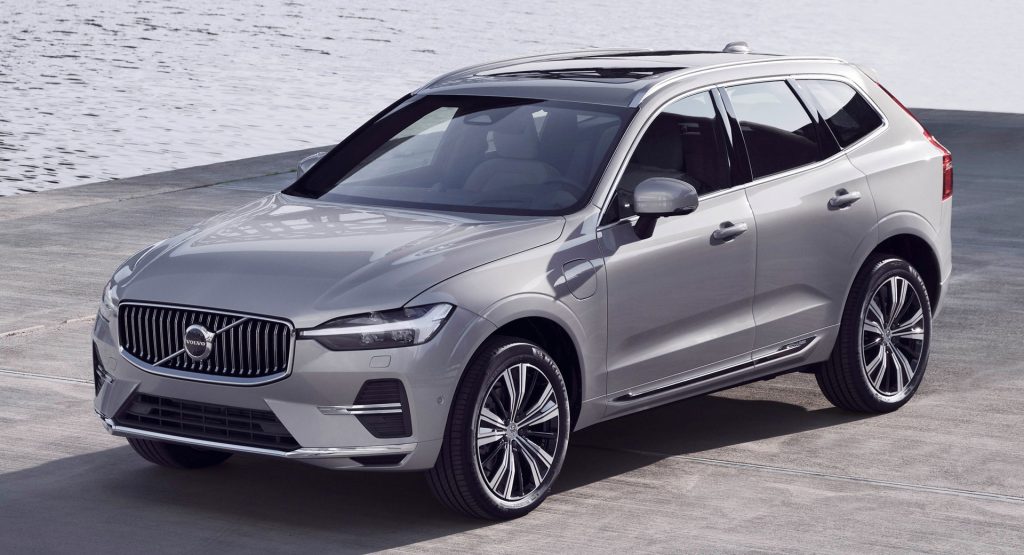Mixed Moves

Volvo has been making headlines lately, not just with their cars, but with their strategies in the U.S. market. In a surprising move, the Swedish auto giant announced it would be cutting about 5% of the workforce at its factory in Charleston, South Carolina. That translates to around 125 jobs out of the 2,500 that work there. This decision came on the heels of fluctuating trade policies and tariffs that are shaking up how Volvo operates in the U.S.
Tough Decisions

The impact of tariffs is forcing Volvo to reevaluate its U.S. operations. Notably, they’re pulling the S90 sedan from the American market next year because it is imported from China. Instead, the focus is shifting towards developing more localized models, namely their popular XC series—XC40, XC60, and XC90—which should help mitigate the effects of tariffs in the long run.
Future Plans

Despite the job cuts, Volvo is still playing the long game in the U.S. market, with plans to create 4,000 new jobs in South Carolina. Timing remains unclear, but the expansion seems aimed at boosting production of electric models like the EX90 and the Polestar 3, both of which are already taking shape at the South Carolina plant. With a production capacity of 150,000 vehicles per year, the plant definitely has room to grow.
Driving Experience
Driving a Volvo is an experience all its own. Take the EX90 for instance—this electric SUV is smooth, quiet, and packed with modern tech. It’s the kind of ride that really prioritizes comfort without sacrificing a quick response when needed. Compared to some of its German counterparts, it’s a bit more relaxed, almost like it’s encouraging you to take in the scenery rather than rush to your destination.
Then there’s the XC60, a versatile SUV that strikes a balance between performance and practicality. With a sharp design and ample interior space, it’s a vehicle that’s easy to recommend for family trips or commutes. Its driving dynamics are well-calibrated; not too sporty but far from sluggish.
Looking Ahead
Volvo’s moves reflect a broader shift in the auto industry, where manufacturers are not only reacting to economic policies but also consumer demands for cleaner, more efficient vehicles. As Volvo looks to plant more roots in the U.S., it might be setting up for larger roles in the development of electric vehicles in America. This transition, amid complex global and local economic challenges, could define Volvo’s presence in the U.S. market for years to come.
Ford Maverick Unveiled
Nissan Micra EV Debuts
2026 Corolla Cross
Ford Raises Prices
Mini Countryman Revamp